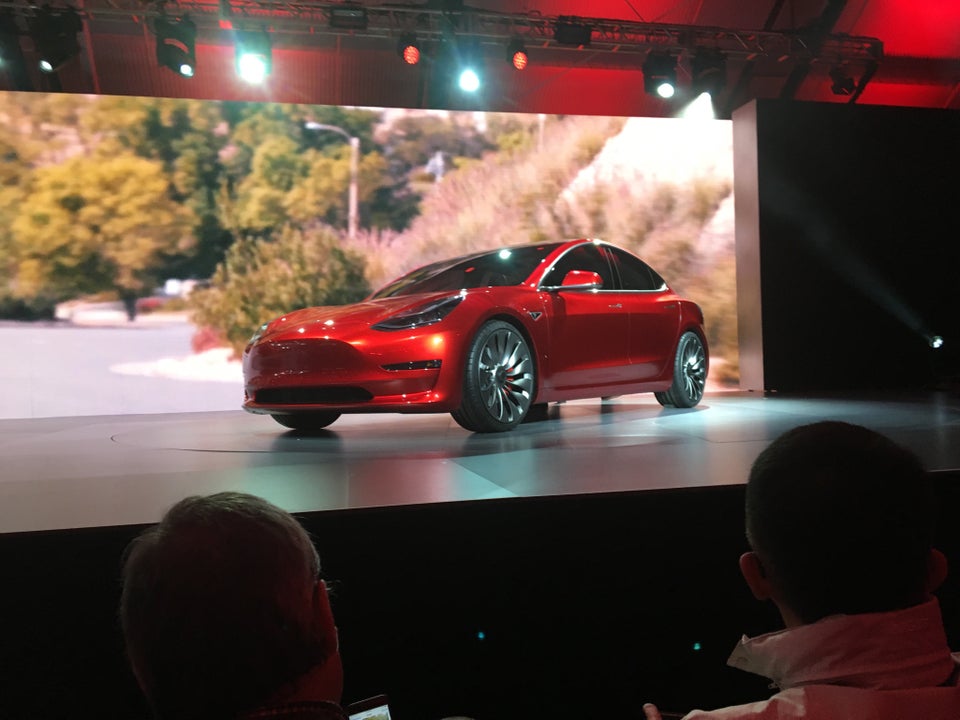Tesla on Wednesday said it has no evidence that one of its cars was in autopilot mode when it hit a guardrail and flipped on the Pennsylvania Turnpike about 100 miles east of Pittsburgh on July 1.
Police in Pennsylvania said the driver of a Tesla Model X told them he’d activated autopilot before the accident, but the car maker has been unable to assess the allegations first reported by The Detroit Free Press.
Tesla says it has been unable to reach the motorist, a suburban Detroit art dealer, and also hasn’t received digital crash data, perhaps because the car’s antenna was damaged.
“We have no data at this point to indicate that Autopilot was engaged or not engaged,” a company spokeswoman said in a statement. “As we do with all crash events, we immediately reached out to the customer to confirm they were ok and offer support, but were unable to reach him. We have since attempted to contact the customer three times by phone without success. It is not possible to learn more without access to the vehicle’s onboard logs.”
Albert Scaglione, the alleged car owner, hasn’t responded to The Huffington Post’s inquiries.
The Free Press reported that Scaglione and his son-in-law, the car’s other passenger, were unhurt, as were the occupants of another vehicle that hit debris from the Tesla.
Current laws permit autonomous vehicles only on major highways in Florida, California, Michigan, Nevada and the District of Columbia.
The National Highway Transportation Safety Administration said it’s investigating this crash, the second one recently to allegedly involve a Tesla on autopilot.
“NHTSA is collecting information from the Pennsylvania State Police, Tesla and the driver of a Tesla Model X involved in a crash on July 1 to determine whether automated functions were in use at the time of the crash," the NHTSA said in a statement.
On May 7, 40-year-old Joshua Brown died when his Model S rammed into a tractor trailer in Florida. This was the first fatality to occur while one of Tesla’s vehicles was on autopilot, the company said when announcing Brown’s death on June 30.
Tesla motorists are reminded that even with the feature enabled, they should keep their hands on the wheel and be ready to retake control. Another built-in safety precaution reduces the car’s speed if the driver’s hands aren’t on the wheel.
“Extremely rare circumstances” caused Brown’s death, Tesla said. Neither the car’s sensors nor Brown applied the brakes as the sedan collided straight into the truck, according to the company.
Brown might have been distracted by a video player; authorities found one in the wreck. Meanwhile, Brown’s family accuses the truck driver of causing the accident.
The NHTSA is also reviewing the fatal accident.
Tesla has bristled at the controversy over Brown’s death, claiming there would be far fewer auto deaths if more cars used autopilot.
“To date, 130 million miles have been driven on autopilot, with one confirmed fatality,” a Tesla spokeswoman said. “When taken in aggregate and compared against statistical odds, this data shows that, when used correctly, the Autopilot system is safer than unassisted, manual control.”
This piece has been updated to include a statement from the NHTSA.

